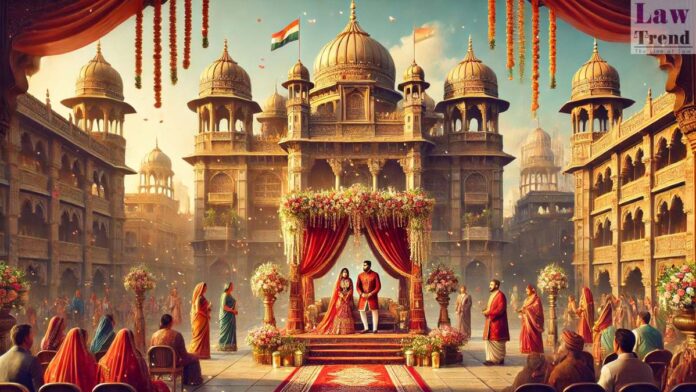The High Court of Delhi has affirmed a Family Court decision, ruling that a divorce petition filed under the Hindu Marriage Act, 1955 (HMA) by a woman belonging to the ‘Lambada (Banjara)’ Scheduled Tribe is maintainable. A Division Bench comprising Justice Anil Kshetrpal and Justice Harish Vaidyanathan Shankar held that where parties from a Scheduled
To Read More Please Subscribe to VIP Membership for Unlimited Access to All the Articles, Download Available Copies of Judgments/Order, Acess to Central/State Bare Acts, Advertisement Free Content, Access to More than 4000 Legal Drafts( Readymade Editable Formats of Suits, Petitions, Writs, Legal Notices, Divorce Petitions, 138 Notices, Bail Applications etc.) in Hindi and English.




